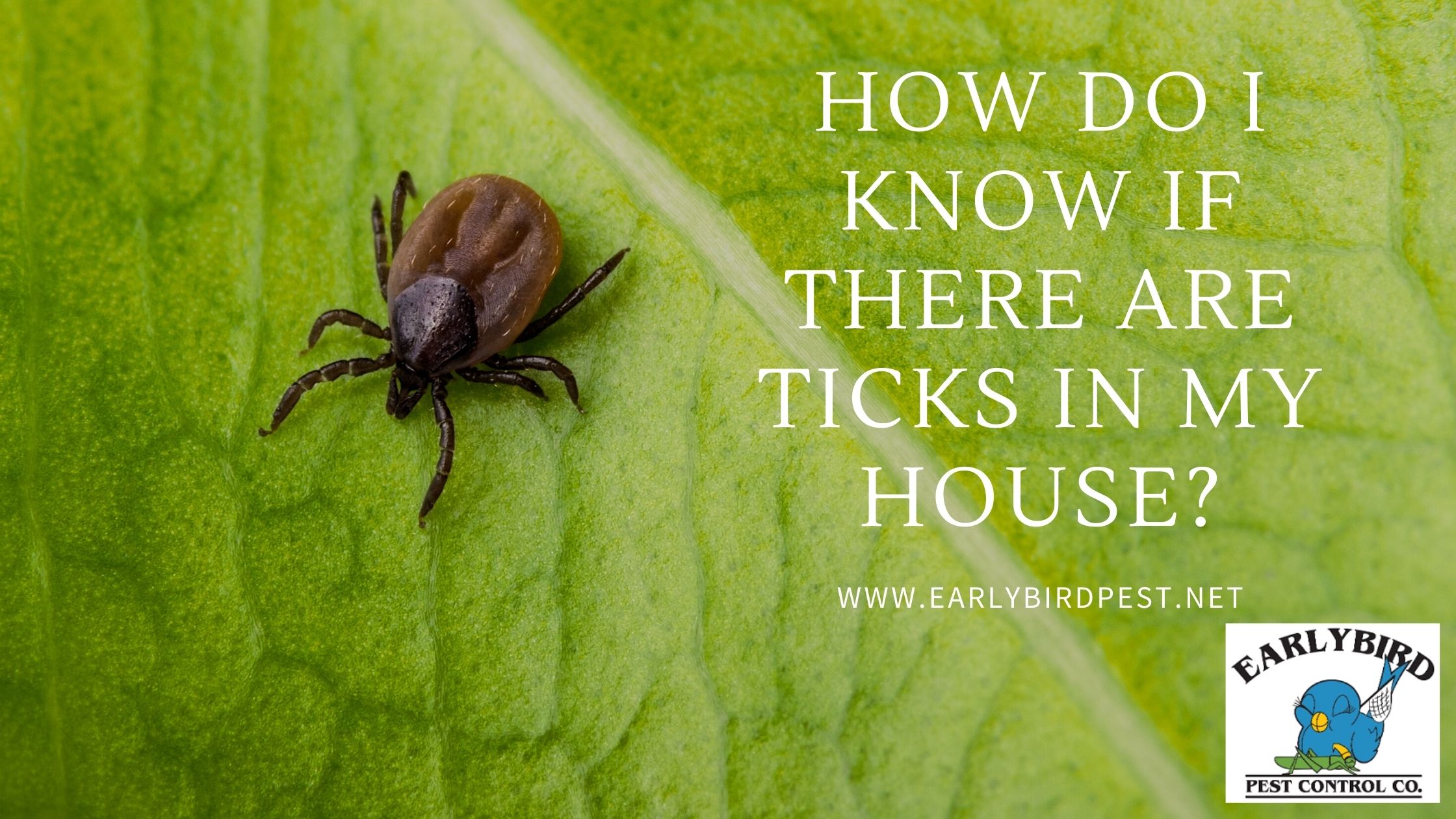When faced with a possible tick infestation, it is necessary to never take it lightly as one tik in the house is one too many. Ticks, as their name best suggests, are small or little parasitic organisms that tend to live in wooded areas and fields, and more importantly, they are carriers of different diseases that are transmitted when they bite into people.
What brings about Tick Infestations?
Tick infestations can happen when a single tick can gain entry into your home; however, tick infestations are rare indoors. Ticks are capable of surviving in moist and humid conditions when the humidity is 90 percent and above. Most ticks are not capable of surviving in a climate-controlled house at least a little bit more than a few days.
Ticks infestations, in most cases, arises if there are bushy areas or even wooded areas around your home. A single tick can attack itself on a person’s body, including under the arms, in the hair, inside the hair, and they can also and also to your pets, especially dogs. So if you notice a tick in your house in most cases, it might be from your pet, and since they can be hard to see, it is no stress for them to bury themselves in your skin or on the fur of your pet.
How do you know if you have ticks in your house?
You can never truly know whether you have a tick in your house until you come face to face with one. A classic case of what you don’t know won’t kill you or rather, in this case, what you don’t see, but in this situation, they are very much capable of causing diseases whether you see them or not. If you are, however, going through a tick infestation in your home, you might find a large number of ticks on your pets or yourself, as ticks need blood from people or animals to survive, they will most likely attack themselves, your pets, you or a family member.
Ticks prefer areas that are warm and moist, which is why they are often seen in scalps or groin or armpits. Once a tick has seen a comfortable spot, it will bite (a painless bite) and burrow its head into your skin.
It is important to always examine or check your body and that of your pets or children for ticks after being in an outside area commonly known for having ticks. Examine thoroughly every black or brown spot on the body and never limit yourself to only areas where ticks are found.
You can also know when you have a tick infestation in your home if a member of your family or you develop a tick-borne disease and shows symptoms like fever, headaches, chills, or rash. These symptoms are common with other health conditions, but it should not stop you from visiting the doctor for better and early diagnosis, which could help prevent any long-term complications.
How to prevent tick infestations
A tick infestation can be controlled when it occurs which the use of spray or powder pesticides, but taking precautions never hurts, and it is much better to prevent a tick infestation from happening in the first place. So how do you best prevent it?
- Check or examine yourself, your pets, and your children before returning indoors if you live in an area where ticks are common.
- Make your surrounding property near your home uninhabitable like your lawn; ticks don’t like dry, sunny, or short vegetation, so maintain your lawn and keep weeds away.
- Make use of insect repellant that is effective on ticks and if heavy rush or wooded areas where ticks live surround your home, use pesticides on those areas to help eliminate them.
It is essential to know that insect repellent should not be used on infants younger than two months old. If you develop symptoms of tick-borne disease, make sure to visit a doctor.
More Tips for Homeowners:
- 4 Signs You Have Bed Bugs
- How to Get Rid of Rats
- How Do I Know if I Have a Scorpion Infestation?
- How Do I Know if I Have a Bee or Wasp Nest in My House?
- How to Maintain Your First Home
- How Do You Know if You Have Mice or Rats?
- Do I Need a Professional to Remove Tarantulas?
- How to Get Rid of Cockroaches


Recent Comments